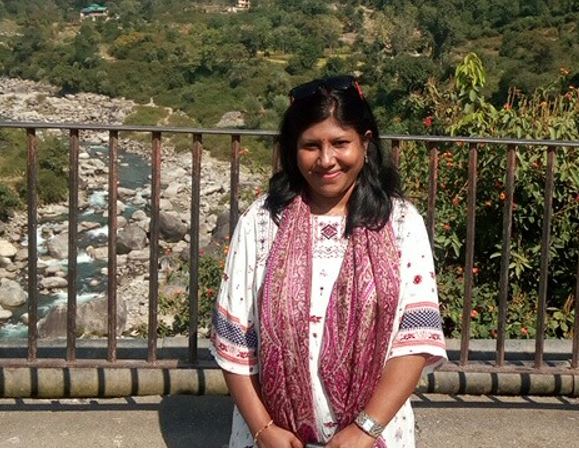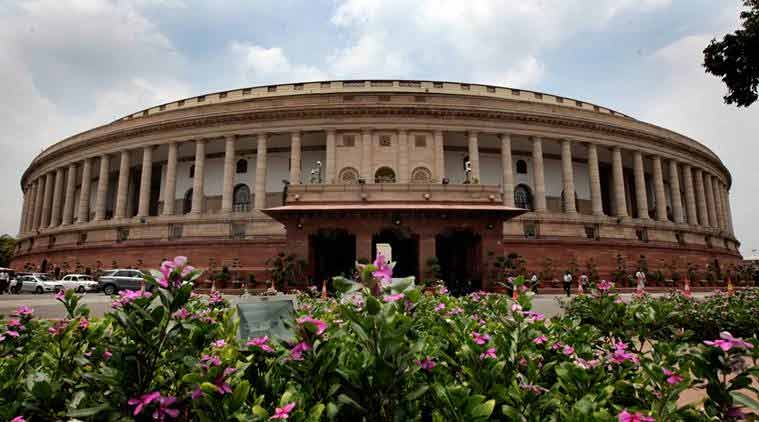Q1. What is the difference will the women’s reservation bill bring to the Indian legislative? Why is it essential?
By passing Women’s Reservation Bill, India could achieve gender equality in the country’s highest decision-making bodies. Political parties will be committed to accepting nominations from more women candidates. This will give an opportunity to aspirational women including Sarpanches and Municipal Councilors to climb up the ladder and gain representation in the Legislative Assemblies and Parliament. Women of the country could then voice their concerns in the Parliament and effectively enforce gender sensitive enactments with adequate budgetary allocations. They can contribute to reducing the gender gaps in human development indices and lead the country to a path of progress.
There is evidence, back home, that reservation for women has improved local governance. The 33 per cent reservation in the Panchayats and local bodies, as mandated by the 73rd and 74th amendment of the Constitution in 1995, facilitated the entry of lakhs of women in the political arena. A very high proportion of wards with women representatives had basic facilities like streetlights, bus shelters, drinking water, and many other basic amenities. The female ward members are known to be more aware about government schemes and they ensured the safety and security of women in their wards.
Q2. Where does India place when compared with the world on representation of women in politics?
India’s performance of 11.9 percent in female representation is not satisfactory as compared to global average of 23.4 percent and Asian average of 19.6 per cent in the Parliament. In the global mapping, India’s 148th rank is very low. Afghanistan, Bangladesh, Pakistan, Nepal have more women representation than India in the Parliament. Countries with better women’s representation have ensured to create constitutionally mandated quotas or reservation for women. Most of the top 20 countries with high female representation in Parliament have around 30 per cent reservation for women10. In South Asia, Nepal has 29 percent legislated quota for women, Afghanistan has 28 per cent, Pakistan and Bangladesh, each, have 20 per cent seats reserved for women
Q3. What are the popular misconceptions or arguments against greater representation of women in parliament? How is this being debunked?
The main argument against the Bill is that 179 men will have to give up their seats for the quota to be implemented. There is definitely no easy solution that would work for all. But this rationale is not good enough to nip in the bud the idea of having more women in decision-making roles in the governance of the country. Assuming that women would automatically be able to create a level playing field in the political arena without any affirmative action is a misplaced idea.
Q4. What and who are the organisations and individuals fighting the fight for greater representation?
The movement for enhancing women’s political participation in India was initiated two decades ago by seven women’s rights organisations (the Seven Sisters – Joint Women’s Programme, AIDWA, AIWC, Mahila Dakshata Samiti, NFIW, YWCA, CWDS). It began with the Chetna Yatra where women from across the country demanded for a reservation in the political governing bodies. Huge rolls of white sarees embossed with signatures and slogans were submitted in the Rashtrapati Bhawan. The historic Women’s Reservation Bill was then introduced in the Parliament on 12th September 1996. However, the Bill is still pending in the parliament.
After many obstacles in the Parliament, the Women’s Reservation Bill, providing for 33 per cent reservation of seats for women, was passed in the Rajya Sabha on March 9, 2010. This was the first ray of hope. With the 2014 general elections in sight and the possibility of a new political landscape in the country, the women’s rights groups lobbied to pass the Bill in the 2014 winter session of Parliament. A round table discussion on advocacy strategies for the passage of the Women’s Reservation Bill was organised in New Delhi. The meeting had brought together bureaucrats, academicians, NGOs, community representatives, funding agencies and women rights activists together. An alliance was formed to plan and execute the strategies. The alliance reached out to political leaders to inform them of the Bill, face-to-face meetings were held with political leaders, a gender manifesto was developed for political parties and distributed, petitions were filed; campaign, rallies and press conferences were held; a social media campaign was run at both the state and the national level. The election manifesto of the present NDA government also focused on ‘not 33 per cent but 50 per cent’. The alliance was promised complete support from all political leaders but the Bill was not passed in the Lok Sabha in 2014.
Q5. Do you think the current government will allow 33% representation of women in parliament to become a reality?
Inspite of sending thousands of letters seeking a meeting with the Prime Minister, the PMO has not responded. Instead of reinforcing the stereotypical gender roles through Ujjwala scheme, women should be given the opportunity to share the seats in nation’s highest decision-making bodies so that they can take decisions on their lives.
33% Women’s Reservation Bill has completely disappeared from the agenda of the present NDA Government despite their electoral promise of ‘not 33 but 50%’. The government shelved it on the pretext of what they called ‘lack of political consensus’. Women’s Reservation Bill is still pending in the Parliament on the excuse of ‘the lack of political consensus’.

(Rajini R Menon is a Ph.D. in Development Economics from Calicut University, Kerala and is currently the Regional Gender Coordinator in Oxfam India, Delhi. She has been working on gender issues since last twelve years. Before joining Oxfam India she was associated with Kerala Research Project on Local Level Development, Institute for Human Development, Delhi and Centre for Social Research, Delhi. She is also an expert committee member and course writer with School of Gender Studies, Indira Gandhi National Open University.)

















